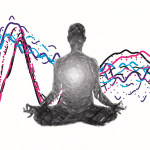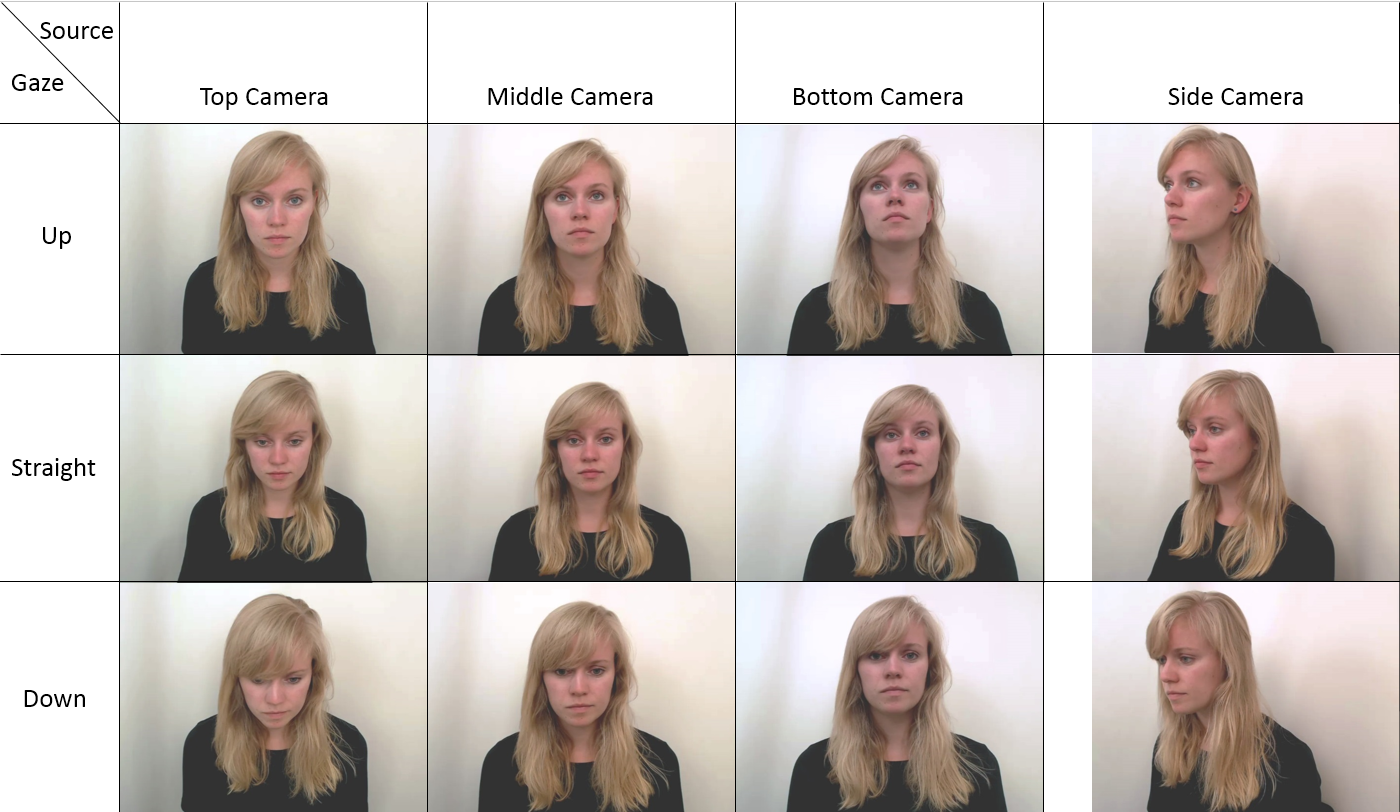[epa-album id=”790″ show_title=”false” display=”full” ]
Conferences & Presentations
[epa-album id=”800″ show_title=”false” display=”full”]
Holiday Party 2014
[epa-album id=”798″ show_title=”false” display=”full”]
- Dr. Martin v Mohrenschildt
- Mark Hahn
- Dr. Scott Watter
- Dr. Karin Humphreys
- Dr. Catherine Connelly
- Dr. Ivan Kiss
Principal Investigator
Dr. Judith M Shedden, (Ph.D. University of Pittsburgh)
Professor
PNB Associate Chair (Graduate)
PC-406, Psychology, Neuroscience & Behaviour
Faculty of Science, McMaster University
Hamilton, Ontario L8S 4K1
Office: 905-525-9140 x24345; Lab x24344
shedden@mcmaster.ca
Associate Member, Computing and Software, Faculty of Engineering
Nicole and Paul get married
[epa-album id=”802″ show_title=”false” display=”full”]
I am a PhD student in the Shedden Lab at McMaster University. I study self-concept from a social-cognitive perspective, using implicit measures (e.g. Implicit Association Test) to determine the cognitive organization of self-concept. I have examined how new person representations are related to self concept during social interactions and how this cognitive organization may bias further perception. I am also interested in the processes involved in developing psychological feelings of ownership, and in the link between long-term and recently acquired owned objects and the self.
Graduate Students
- Swapna Krishnamoorthy
- Ben Townsend
- Yasaman Jabbari
- Joey Legere
- Maryam Pandi
- Darren Kenney
- Melissa Ptok
- Miriam Benarroch

Online conversations are fundamentally different from face to face interactions. In a video call, social perceptions are affected by more than just body language—factors that don’t exist in face-to-face conversations, such as internet connectivity and video quality, can influence how others perceive you. We’re working with the DeGroote School of Business to investigate how variables such as camera placement, eye gaze, and audiovisual asynchrony can affect video-based interview performance.
To investigate these questions, we’ve created a large set of video stimuli. These videos are brief (<30s) answers to typical job interview questions, recorded from 4 different cameras: three in an arc in front of the actress, and one positioned to the side. Each interview question was performed three times: one take in which actress was looking at the top, middle, or bottom camera. These videos allow us to independently manipulate eye gaze and camera angle, while also addressing questions related to audio/video quality.
My research uses a combination of behavioural and electrophysiological methods to examine a wide range of human cognition, including self-motion perception, sensory integration, attention and visual word processing.
For more information about me: https://sites.google.com/site/somalleyphd/home
Photo Credit: Crystal Barry Photography


















